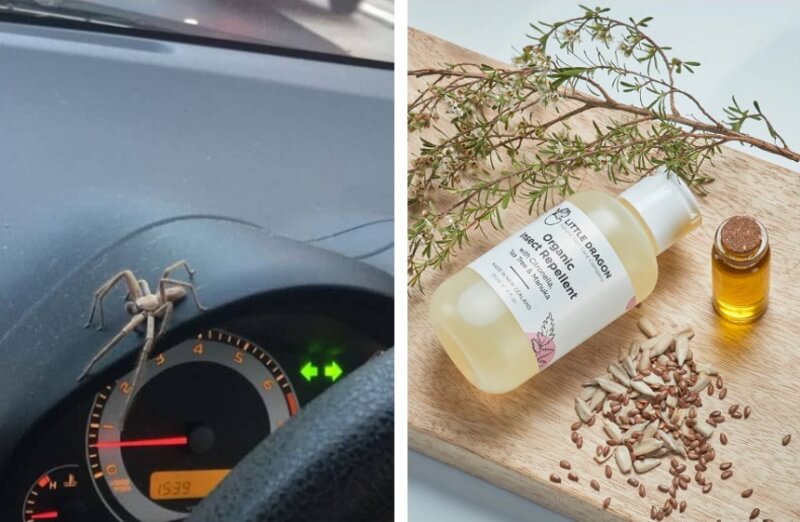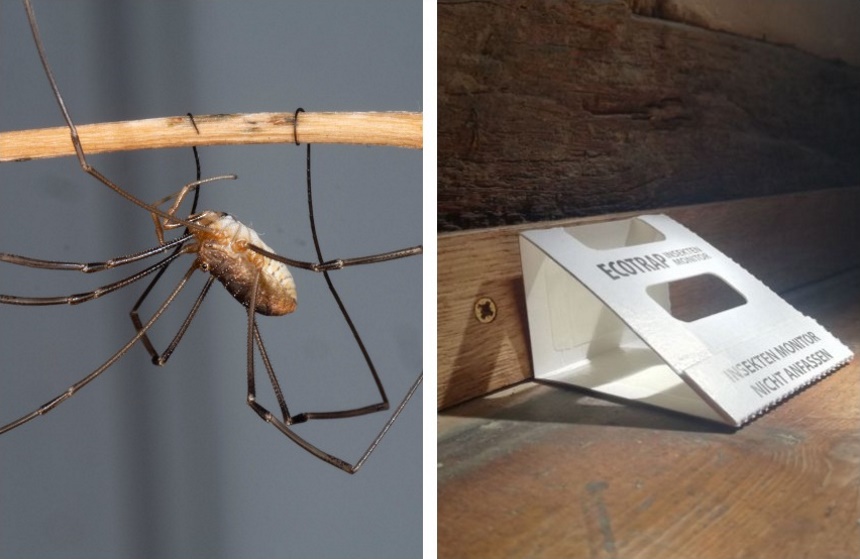

Hobo spiders were once thought to be quite venomous, producing necrotic lesions, but more recently have been found to be medically non-threatening. Nevertheless, they are still a pest, so you might question yourself how to get rid of hobo spiders. They often remain unseen, as they like to hide in dark corners. Most common is that hobo spiders are confused with the generic giant house spider and the brown recluse spider.
Often hobo spiders can be found in the Northern US states, such as the Great Lakes region and Oregon, though they were first found in Europe. Their name, hobo, comes from the belief that these spiders are travelers, mostly on trains, from city to city.
The hobo spider bite can create a redness around the bitten area, as well as some pain. Hobo spiders are natural predators but are also susceptible to being preyed on by ants, birds, centipedes, and wasps.
A hobo spider can be identified by what it does not look like. For instance, a hobo spider doesn’t have hair on its legs or dark marks around the hairless, shiny legs. It also usually has distinctive light markings on its abdomen, which sometimes look like a pattern of arrows or a chevron, though this is the most challenging way to identify them simply because of their size.
The most telling way to identify a hobo spider is by its web, which has a funnel shape. The female hobo spider is longer than the male at around 11-14 mm and also has a larger abdomen than the male.
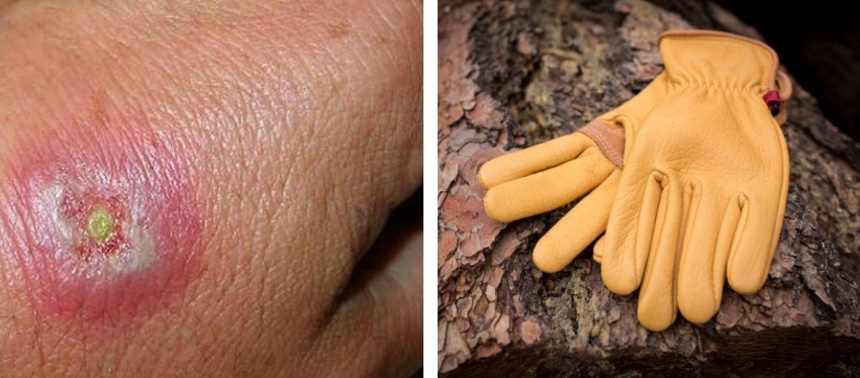
If a Hobo spider bites you, you can expect to feel some pain and redness around the bite area. Sometimes calf muscles, if the bite is in that area, will twitch. It is important to identify what spider you think has bitten you and, if at all possible, to take the now-dead spider with you to the hospital if you feel it is becoming more infected, blistering, and perhaps the area of the bite is turning black.
Regardless, as quickly as you are able to, you should treat the bite area by cleaning it with mild soap and water, putting a cold compress on it so as to reduce swelling, and also keeping the area of the bite lifted.
If a hobo spider feels that its young are threatened, it will bite you to keep you away from the sacs. Most often, hobo spiders are looking for food, so if your home is free of humidity, flies, and other insects, they should not nest there.
If you have storage sheds for garden tools, usually with no lighting, it is best to put plastic bags or tight covers over the handles or any area where you might be tough to see. Best of all is to wear garden gloves, boots and long sleeve vests, and long pants, but make sure that you have thoroughly checked gloves and boots that have not been used for a while.
To ensure hobo spiders don’t come into your home, make sure that the woodpiles and vegetation are far away from your home and dust away the cobwebs often. Ensure that doors and windows are sealed and also that crevices and cracks are non-existent.
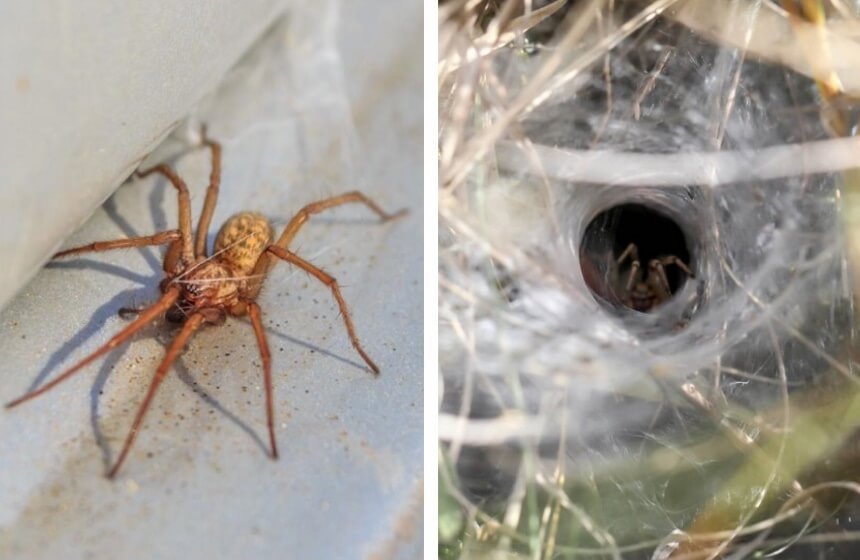
Hobo spiders are found indoors but can also be found in woodpiles and darker areas between rocks. They prefer humid conditions, so if you wish to keep these spiders outdoors, it’s best to have a dehumidifier to keep the air cool in your home. They are frequently found during the months of August to October indoors, as this is their mating season.
They like dark spaces, so if there are piles of bricks near your home, you would find them here, also in the dark recesses under beads and behind radiators, as well as within cupboards. Any vegetation with dark spaces, wood piles, leaves that are left lying on the ground, or rock formations is a breeding ground for the hobo spiders.
The hobo spiders, within their funnel-like webs, silky strands setting off a vibration of potential prey, quickly grab them and move toward the funnel side of the web to consume the prey. They are not good climbers but are fast movers and run at about 3 feet per second.
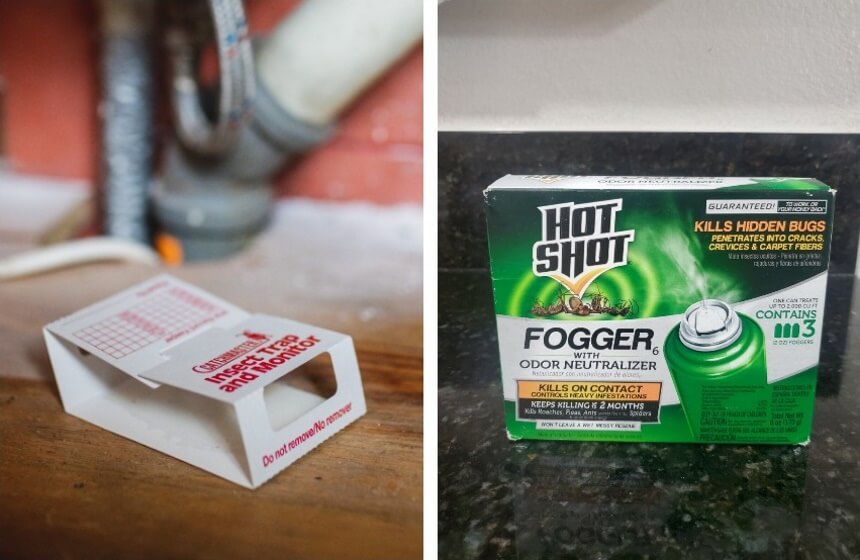
There are various ways of how to get rid of hobo spiders, such as:
Catching them and putting them outside, however, can be pretty tricky as they are fast-moving, and if you manage to catch them, they will bite if threatened, so it’s best to use a cup or vessel.
If they are really abhorrent to you, you could try to crush them with a newspaper, but again you would need to be quicker than the hobo can be.
If you feel that there is an infestation, how to get rid of hobo spiders in your home is to ensure that the food they thrive on is not readily available, such as cockroaches, flies, and other insects.
The best traps for spiders such as hobo spiders are sticky traps. These strips can be placed near the mouth of the spider funnel web, but be aware that other insects could also be trapped in these sticky strips, so you would need to check them regularly. Otherwise, you are simply giving them ready-made meals. Your pets can also damage the trap unless its design features some kind of protection against such scenarios, as with RESCUE! Spider Traps.
While direct spray insecticides are not as accurate for crevices and cracks, where the spider will often make their funnel-shaped webs, using a fogger, such as the Raid Max Fogger, is beneficial as the gas can seep into all the smaller spaces where they reside. Ensure that you are outside of that range as soon as you set the fogger off, otherwise even the best fogger for spiders can harm you. It is preferable that you set it off and leave the vicinity vacant for a few hours until the fogger has stopped spraying and the fog has settled. Foggers creep into every crevice, which is what makes them so effective, but this can obviously pose a risk to yourself if you are within the area.
The best outdoor spider sprays have a range of up to 900 feet, is strong, and acts very fast as well as kill not just the hobo spider but, unfortunately, other insects within that range too.
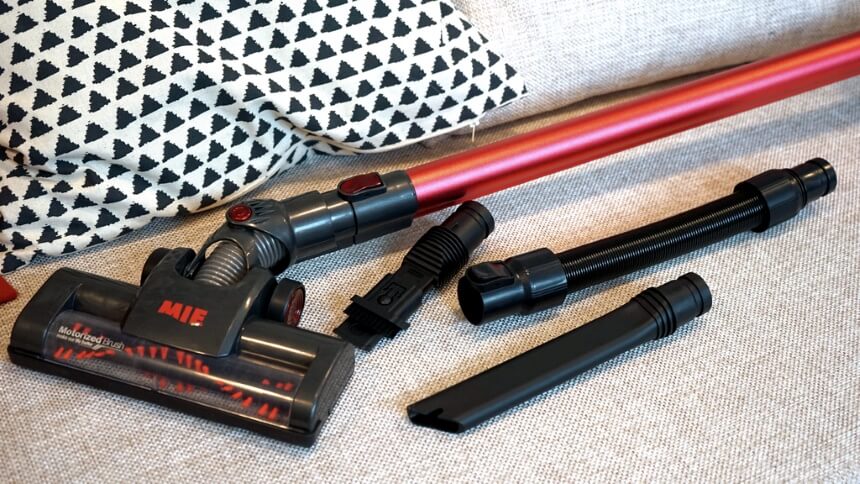
Apart from vacuuming, making sure there are no stagnant piles of books, newspapers, shoes, and clothes. Hobo spiders will settle anywhere there are dark corners, mainly near the ground, so vacuum in all the crevices in your home or ensure there is not much clutter around.
When trying to remove the hobo spider webs and eggs using an insecticide, make sure that it is oil-based and not a water-based product, as the eggs have a film on them. Ensure you have gloves and long sleeve shirts as well as long pants on to prevent this fast-moving spider from getting near your flesh. You can also vacuum the webs and eggs, but once again, make sure you empty out the sack of the vacuum cleaner.
Even with your best intentions of keeping your home clear of these spiders, they will return if your entryways are accessible. Mostly, hobo spiders will come into your home to either find a mate or for readily available food.
To ensure that they remain outside as much as possible, you can check that all sweeps on your doors are sealed tight and in working order. Also, fix cracks with something like silicone sealant as well as make sure that the windows have weather stripping to keep things closed tight

Once you feel you have cleaned up the area, you can create a barrier to their entry by ensuring that your house does not have many other insects around, as well as checking that there are no crevices in walls or furniture by using silicon sealer. Lastly, ensure that your windows and doors have strips on them so that the spiders do not have easy access.
While hobo spiders have been compared to the more venomous brown recluse spider, they are not comparatively dangerous. Their bite can cause some pain and inflammation of a red tinge around the bite, and though there was a case of necrosis in a single human, this is unusual as there was a case of skin infection in this person.
The hobo spider is therefore not considered a dangerous species, even though some rabbits found with hobo spider bites displayed symptoms of necrosis.
In essence, knowing now that the hobo spider can not do much harm, it should set our minds at rest with regard to having them in and near our homes. The hobo spider is actually not aggressive and will only bite if it’s trapped against a person’s skin or is busy catching prey.
Nevertheless, not having webs and egg sacs in our houses or surrounding woodlands, brick, and vegetation areas are obviously preferable. One does not want to have an infestation of these spiders, if at all possible. If you ensure that your home is clean, things are neat, and not lying around in immovable piles and having crevices and entryways sealed, you won’t be asking yourself a question how to get rid of hobo spiders.


